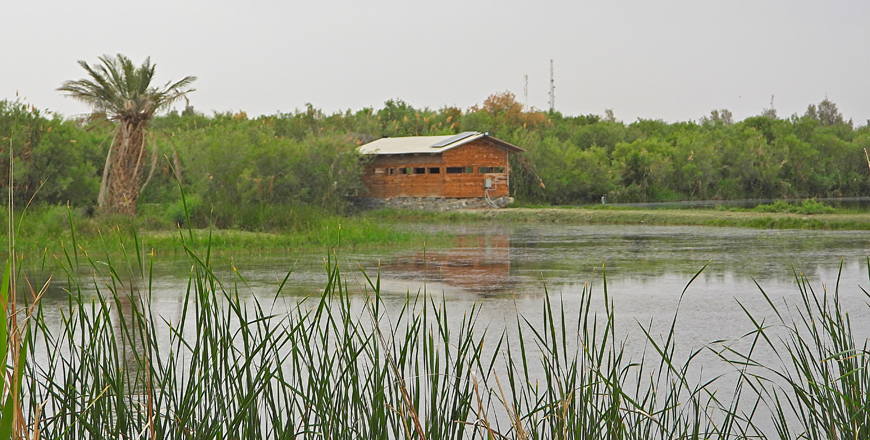Heba Elayyan – Oct 06,2024

The Azraq Wetlands, a rare oasis in Jordan’s desert, face an uncertain future as water shortages continue to threaten its ecosystem (Photo courtesy of Azraq Wetlands Reserve)
AMMAN — The Azraq Wetlands, a rare oasis in Jordan’s desert, face an uncertain future as water shortages continue to threaten its ecosystem.
While the reserve has not yet reached the brink of collapse, Director of the Azraq Wetlands Reserve Hazem Hreshat has warned that without an increase in water supply, the wetlands could soon cross a critical threshold that would endanger both its biodiversity and long-term sustainability.
In 1993, the reserve reached an agreement with the Ministry of Water and Irrigation, which at the time promised to provide between 1.5 and 2.5 million cubic meters of groundwater annually to compensate for severe drought conditions.
“However, this commitment has rarely been met, with actual water deliveries often falling below 600,000 cubic meters,” Hreshat said in an interview with The Jordan Times.
“The original agreement was valued at $250,000, initially supported by USAID, but the water we have been receiving [since then] has consistently been far less than what was promised,” he noted.
The consequences of the water shortfall could be significant if not addressed. As freshwater levels decline, the reserve’s salinity increases, causing a shift in plant life.
“This shift in vegetation has profound consequences for species like the Sarhan fish, which exists only in this reserve and is now facing a serious threat,” Hreshat noted.
Currently, the population of the Sarhan fish stands at around 50-55 per cent, far below the ecological ideal of 70-80 per cent.
“This unique species should be flourishing, yet we are left with just a fraction of what is possible,” Hreshat said, adding that with a full water allocation, the population could grow from hundreds to millions.
Despite these challenges, efforts to restore the wetland continue. Through the Royal Society for the Conservation of Nature (RSCN), the reserve has managed to reclaim about 10 per cent of the water lost due to years of over-extraction and drought.
“Rehabilitation efforts that began in the 1990s helped expand the reserve to 74 square kilometres by 2017,” he said, adding that “This is still a small fraction of the size and vitality the wetlands could achieve if water supplies were consistently maintained”.
Historically, the Azraq Wetlands were sustained by the Azraq Basin aquifer and fed by natural springs that once converged to form a flourishing wetland. However, over-extraction of groundwater, primarily to supply major cities like Amman, Irbid, and Zarqa, has drained the aquifer over the years.
“We now have to artificially pump water into the springs and control its distribution within the reserve. It is a complex process of mimicking natural systems, but it’s essential to keep the ecosystem alive.”
He added that the problem is compounded by Jordan’s status as one of the most water-scarce countries in the world.
“Managing the country’s limited water resources is a challenge, and the Azraq Wetlands have borne the brunt of this reality.”
Hreshat stressed that the future of the Azraq Wetlands will depend on collective action at all levels. “It is not just up to the government or conservation organisations … Institutions, individuals, and communities all need to come together to conserve what little water we have left.”
http://www.jordantimes.com/news/local/less-water-azraq-wetlands-reserve-means-near-decay
